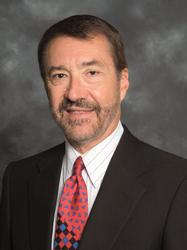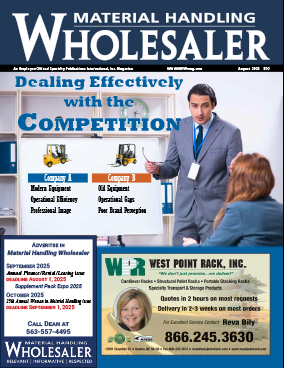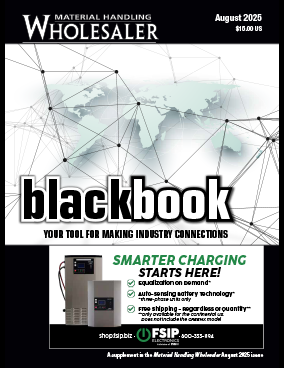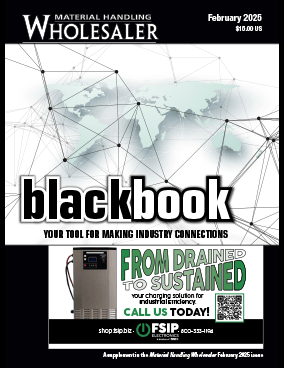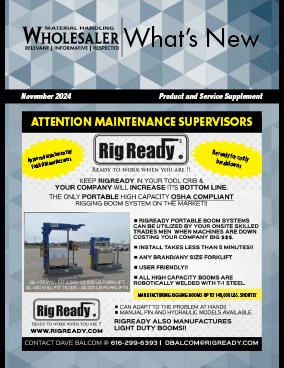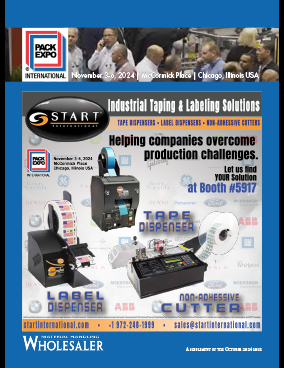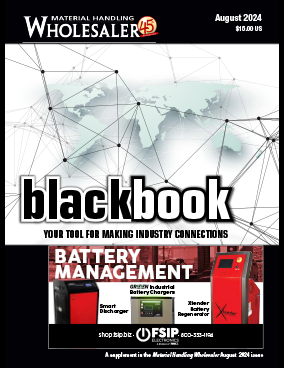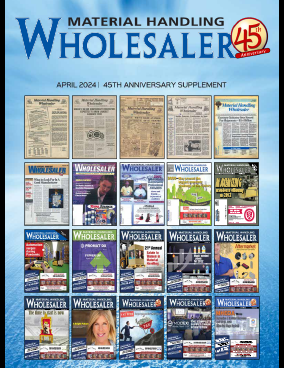It is not the strongest of the species that survive, nor the most intelligent, but the one most responsive to change. – Charles Darwin
During my time as a dealer principal, one of my most prodigious challenges was managing change. As a rule, most of us would rather not deal with change. If you have some tried and true methods and “best practices” in place that are efficient and profitable, why change what’s already working? Conventional wisdom says if it ain’t broke, don’t fix it.
Circumstances however have conspired to make this aphorism irrelevant. The drivers of change in our business are moving so fast, that existing SOP’s are almost obsolete the day they are adopted! In order to keep pace, manual processes have to be constantly updated in order to leverage technology to our best advantage.
Trying to manage a tsunami of technology is akin to trying to control floodwaters. Back in 1997 we had severe flooding across many rivers in our state. During these storms the Lake Don Pedro dam overflowed and what came as a result is salient to the idea I want to share. Recently I viewed a video clip from the Turlock Irrigation District that showed the dramatic force of the water as the flood gates were opened to relieve pressure on the dam. As a result of the extra volume of flood water, the river was behaving differently. The normally lazy and docile river was churning and rumbling, complete with rapids. The interesting part to me was realizing that I was not actually watching the existing river, but rather a new path that the immense volume of overflow water had cut into the countryside. A new path was created that looked very similar to the old river, but with more energy and excitement.
In the same way, our current flood of technology is changing the landscape. Ignoring the flood and discounting its effects is tantamount to simply “hoping” that you can remain profitable using your existing processes. The truth however, is that this new landscape is now filled with possibilities that didn’t even exist before the flood. While we hunker down and keep doing the same old things, with the same old tools, competitors who have abandoned the old waterway find new ways to attract customers along the newly excavated riverbed. If you refuse to embrace the opportunities created by these events, you may find yourself scrambling the keep the customers you have, let alone forge new client relationships.
With so much investment on the line, and so many tools to choose from, integrating new processes can be a daunting proposition. Are there ways to scale and control the implementation of technology so that the right decisions are made, the costs are metered, and the benefits measured and exploited?
Here are a few ideas:
None of us are a smart as all of us
First of all, managing change in this hurricane of technology cannot be a “top-down” proposition. Everyone on the team has to take an active role, and it has to include more than just handing out assignments for implementation. Remember that your team members are the ones CLOSEST to the existing process. Giving them access and input to the decision-making process will help them to not only understand the new processes, but actively promote the changes within the individual departments.
Leveraging industry knowledge
Use resources like MHEDA, MHI and your own OEM’s to find other dealers of similar size and complexity that have updated technology successfully. Learn from their mistakes and get advice that can help you gain the efficiencies you expect.
Stepped rollout
Do you have multiple branches, product lines, or even companies? Can you carve out one branch to run a beta-test on new technology to shake out any unforeseen obstacles along the way? This may cause some short-term internal accounting issues, but before you try and take your entire ship down the river, perhaps a scouting mission with a smaller craft can discover an easier, and more effective path. Find ways to break up the deployment so that it’s processes can be assimilated and maximized early on.
Well communicated goals
Team members engaging new technology are bound to be resistant. The worst thing that can happen is the lack of clear guiding principles and well communicated short, medium- and long-term goals. Post these items conspicuously during the deployment. Give everyone a target to shoot for, and track and display the progress along the way.
Without these measures in place, the project can easily devolve, and cancerous negative forces can exponentially multiply. Most resistance is born in a lack of understanding, or initial buy-in. That is why it is ultimately important to secure strong buy-in during the DESIGN phase. Trying to get it in the deployment stage is nearly impossible. Before you know it, you have team members working “around” the system to try and return (as closely as possible) to the prior way of doing things.
Enforcement
Your leadership has to be single minded in this regard: “This is the new way”. Lack of enforcement (especially with branch operations, and remote technicians) can be a project liability. Use a reporting mechanism for middle management to govern this process. Hold and plainly document as many status meetings as are necessary to call out departures from the “new way” and stress the importance of embracing the tools that you have paid for.
Encouragement
The counterweight to enforcement is encouragement. Managing change is managing people. They need to be communicated with, and they MUST believe that you are as dedicated to the new course as they are. Find people doing something RIGHT, and celebrate it. Incentives also work well, but you would be surprised how well a little encouragement and dialogue greases the wheel (especially from the senior management).
Remember that the goal of change is to allow more capacity for growth, and improved service to your clients. Whether its wireless billing, inventory systems, cloud-based computing, GPS tracking, telematics, fleet management, or a full-blown business system, the changes made must facilitate and promote new offerings, and expanded options for customers.
People constantly change. We all change. Clients change. Suppliers change. The world changes. Why do you think Wal-Mart, Costco and Amazon came to be the size they are today? Did they create one business model at the beginning, and then they stay with that model until now? No. When the market changed- they changed. Our clients are on the hunt for something different, efficient, dynamic and effective. Either you must change the way your dealership operates and embrace these changes, or things will be changed for you. Being able to choose the timing of new designs and implementation yourself, is always more comfortable than the alternative.
Dave Baiocchi is the president of Resonant Dealer Services LLC. He has spent 37 years in the equipment business as a sales manager, aftermarket director and dealer principal. Dave now consults with dealerships nationwide to establish and enhance best practices, especially in the area of aftermarket development and performance. E-mail editorial@mhwmag.com to contact Dave.


